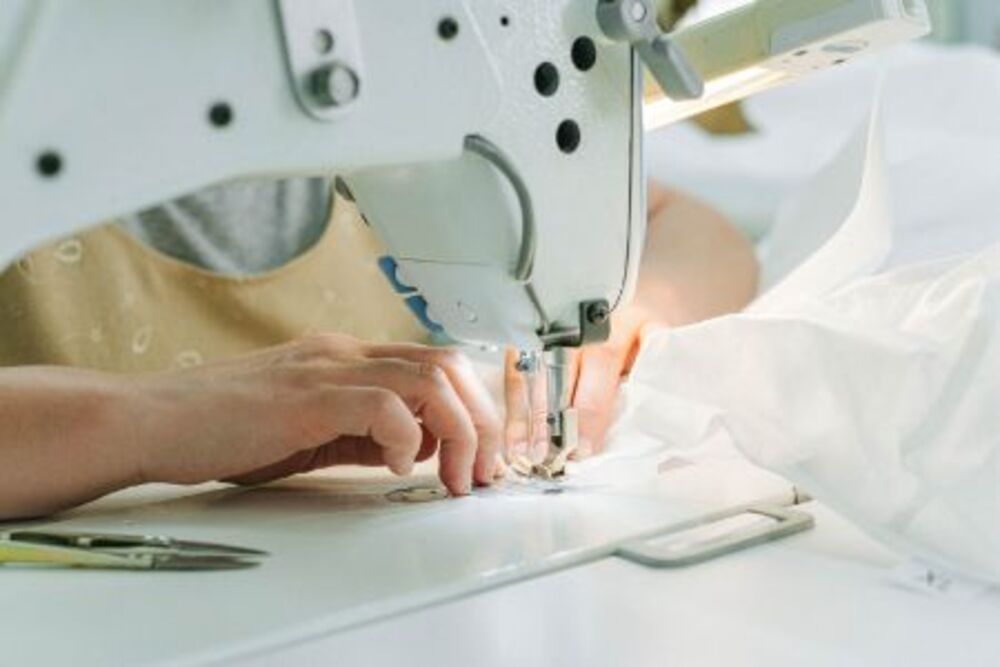Selecting an embroidery machine depends on your needs and goals. To ensure an enjoyable experience when running your business, choose equipment that is designed to be straightforward for everyday use.
Look for a computerized embroidery machine that allows you to load additional designs via USB, expanding your design library and producing unique pieces.
Cost
Best embroidery machine for beginners may seem costly at first, but their investment will pay dividends for your business. Furthermore, these versatile machines provide plenty of versatility as you quickly finish different embroidery projects in a short amount of time. You could save even more by opting for used machines instead.
Maintain your embroidery machine regularly to maximize its performance and prolong its lifespan. Cleaning it regularly keeps it free from lint and other dust particles that could cause damage while extending its lifespan.
If you want a great value embroidery machine, look for used options with floppy drives. Be sure to verify how many stitches have been put through it and ask about its history before committing yourself to purchasing one.
Needle size
If you’re using a single-needle embroidery machine, make sure that the needle size you select matches the fabric that you are working with. Otherwise, stitching might not come out correctly and needle size impacts how quickly projects can be finished off.
Embroidery machines have the capacity to stitch more stitches than regular sewing machines, yet taking time to learn how to use one is necessary. Many dealers provide ongoing training and support so their customers understand all of its features.
An embroidering machine will need 10000 stitches for an embroidery design of 44 pieces! Also, to help preserve their shape and prevent thread tangling during embroidery, prewash your fabrics before embroidering begins – this helps them retain their form better while protecting thread from becoming twisted.
Hoop size
Many embroidery machines feature a specific hoop size which limits their maximum embroidery field, which should be taken into account if you plan to use the machine for business purposes or produce large amounts of embroidery designs and fonts. Furthermore, you should consider what kinds of designs and fonts come included with each machine when considering this factor.
Embroidery hoops come in all shapes and sizes, from round to square or oval designs, most made from plastic, but some also featuring metal or wooden construction. Selecting the appropriate one will ensure it fits snugly to your project while being easy to remove when finished stitching.
To assemble a hoop, loosen one screw on each inner and outer rings and lay them flat on a surface. Next, drape fabric over the inner ring of your hoop and press it down so it fits securely around its perimeter.
Design capacity
An ideal embroidery machine should offer multiple hooping options to allow for creating more complex designs without first needing to design them on a computer. In addition, its colorized touch screen should make for much simpler use than the monochromatic screens found on most sewing machines.
Some embroidery machines only support certain designs, making it difficult for you to create unique patterns. Others provide you with greater freedom by accommodating a wider array of patterns – perfect for creating custom pieces!
Some embroidery machines only include preloaded designs, while most offer unlimited potential designs. When shopping around for an embroidery machine that allows for your own creations to be added through USB connections.
Warranty
No matter if you are searching for a used or new embroidery machine, it is crucial that you inquire into what warranties and maintenance offerings the manufacturer provides in order to make an informed choice that fits your needs. Furthermore, ask about when this machine was last serviced as this will also give a good indication.
When purchasing a combination sewing and embroidery machine, look for one with a removable embroidery unit to save both money and reduce lubricant needs. Also keep in mind that embroidery machines are made for specific thread weights; regular thread may have notches at its edge that cause issues when used with them.

